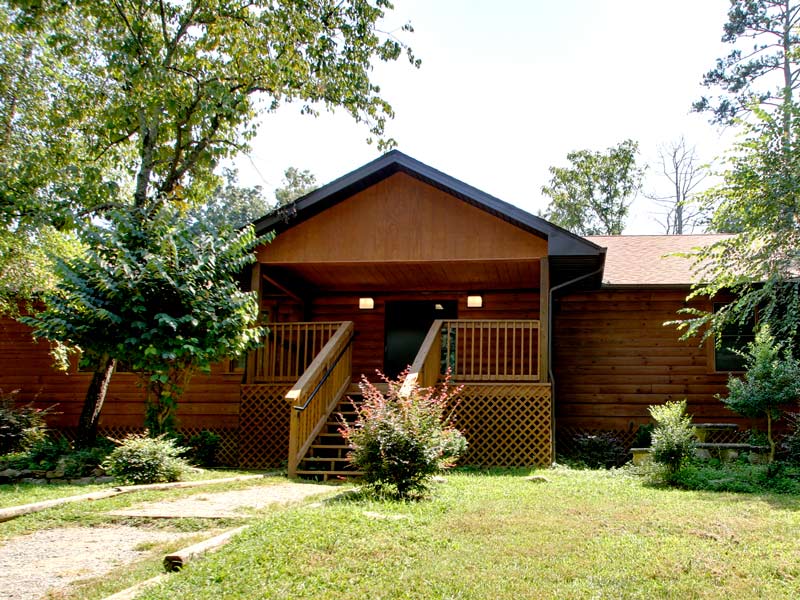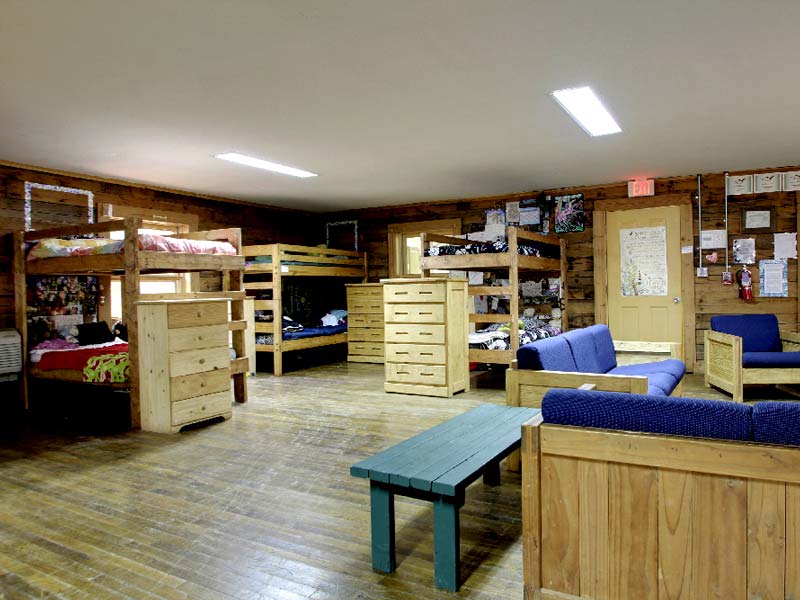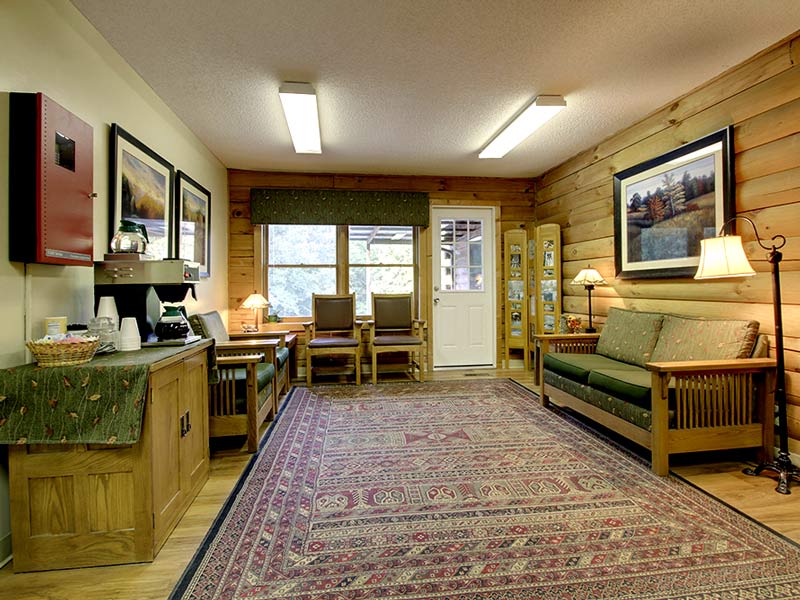No one experiences benzo addiction the same way as someone else. Understanding the signs, symptoms and side effects of benzo addiction is a key component toward starting the recovery journey.
Understanding Benzo Addiction
Learn about benzo addiction and substance abuse
Benzodiazepines, or “benzos” for short, are a widely prescribed class of prescription medication primarily prescribed for the management of anxiety, although these drugs can also be used to control seizures and insomnia, among other conditions. Benzodiazepines affect gamma-aminobutyric acid (GABA), which is a neurotransmitter that controls the activity of the nerves in the brain by increasing the levels of GABA and reducing activity in the brain and spinal cord, thereby reducing feelings of anxiety, and increasing sedation and muscle relaxation. While the relief of anxiety and stress can help people cope with the day, these tightly controlled drugs can, with chronic use and/or abuse, become addicting.
Prescription drug abuse is an ever-growing problem in the United States and elsewhere. The most commonly abused types of benzodiazepines include Valium, Ativan, Klonopin, and Xanax. While these drugs are rarely the primary drug of abuse for teens, that does not mean that teens don’t abuse these drugs. Many teens, in fact, seek out these drugs as a means of escaping from the pressures of everyday life. Teens today face pressures from all sides: pressures to fit in, stress of keeping up with a number of extracurricular activities to help pad their college application, stress to maintain an excellent GPA. Others may feel the pressure to work every precious hour they can to help keep their families fed. Given the immense amount of pressure facing teens today, it’s no wonder many turn to Xanax or Valium to help them cope.
Unfortunately, benzodiazepines, a Schedule IV drug, are only meant for short-term usage, and can be extremely addicting if used improperly. When a teen becomes addicted to benzos, he or she develops a tolerance, drug-seeking behaviors, continued abuse of benzos despite the negative consequences, withdrawal symptoms when the drug use is stopped, and a maladaptive pattern of substance abuse. When addiction sets in, a teen’s life is changed forever.
Statistics
Benzo addiction statistics
Many wonder where teens get their drug supply; 64% of teens get their benzos and other prescription pills from a friend or relative.
Causes and Risk Factors
Causes and risk factors for benzo addiction
The causes for addiction wildly vary across the ages. It’s generally believed that addiction is the result of a number of genetic, physical, and environmental risk factors working together. The most commonly cited causes and risk factors for addiction include:
Genetic: It’s now understood that addiction runs in families. Teens who are born into a family in which a close relative struggled with addiction are more likely than their peers to become addicted. However, there are many people who become addicts who do not have a similar history.
Physical: Teens who are struggling with an untreated, undiagnosed mental disorder, such as anxiety or depression, are at greater risk for attempting to self-medicate the symptoms of their disorder. Chronic benzo use can lead to changes in the structure and function of the brain.
Environmental: There is little doubt that environmental influences play a large role in the development of addiction to benzodiazepines or other drugs. The most commonly cited environmental causes for addiction include low socioeconomic class, using alcohol or drugs at a younger age, or having friends who abuse prescription medication such as benzos.
Risk Factors:
- Being female – although this may be due to the fact that women are more likely than men to seek treatment for anxiety disorders
- Desire to fit in with peers
- Dependent personality
- Mounting scholastic pressures
- Negative peer pressure
- Low self-esteem
Signs and Symptoms
Signs and symptoms of benzo addiction
The signs and symptoms of benzodiazepine abuse may be very challenging to spot, as prescription medication abuse does not leave telling marks behind. The symptoms will vary based upon individual makeup, length of abuse, usage of other drugs, and presence of co-occurring mental health disorders. The most common signs and symptoms of benzodiazepine abuse in teens includes:
Behavioral Symptoms:
- Increased desire to be left alone
- Sudden distancing from former friends
- Hanging out with a new group of friends
- Change in places the teen hangs out
- Steady decline in academic performance
- Forging prescriptions
- Visiting a number of doctors to obtain many prescriptions
- Sudden need for cash
- Stealing pills from other people
- Erratic behavior
- Risk-taking behaviors
Physical Symptoms:
- Slowed thinking
- Double vision
- Appearing to be “spaced out,” or dazed much of the time
- Increased amount of time spent sleeping
- Vertigo
- Headaches
- Muscle weakness
Cognitive Symptoms:
- Inability to focus during class
- Sudden forgetfulness
- Slowed thinking
- Dizziness
- Confusion
- Impaired judgment
- Diminished reaction time – notable especially while driving
Psychosocial Symptoms:
- Mood swings
- Depression
- Anxiety
- Irritability
Effects
Effects of benzo addiction
The signs and symptoms of benzodiazepine abuse may be very challenging to spot, as prescription medication abuse does not leave telling marks behind. The symptoms will vary based upon individual makeup, length of abuse, usage of other drugs, and presence of co-occurring mental health disorders. The most common signs and symptoms of benzodiazepine abuse in teens includes:
Behavioral Symptoms:
- Increased desire to be left alone
- Sudden distancing from former friends
- Hanging out with a new group of friends
- Change in places the teen hangs out
- Steady decline in academic performance
- Forging prescriptions
- Visiting a number of doctors to obtain many prescriptions
- Sudden need for cash
- Stealing pills from other people
- Erratic behavior
- Risk-taking behaviors
Physical Symptoms:
- Slowed thinking
- Double vision
- Appearing to be “spaced out,” or dazed much of the time
- Increased amount of time spent sleeping
- Vertigo
- Headaches
- Muscle weakness
Cognitive Symptoms:
- Inability to focus during class
- Sudden forgetfulness
- Slowed thinking
- Dizziness
- Confusion
- Impaired judgment
- Diminished reaction time – notable especially while driving
Psychosocial Symptoms:
- Mood swings
- Depression
- Anxiety
- Irritability
Overdose & Withdrawal Effects
Effects of benzo overdose and withdrawal
At normal doses, benzodiazepines are generally well-tolerated and do an excellent job of reducing anxiety and insomnia for some. However, when teens take pills that aren’t prescribed for them in high amounts and mix them with other drugs, they may overdose on benzodiazepines.
The most common symptoms of benzodiazepine overdose include:
- Sedation and drowsiness
- Confusion
- Dizziness
- Blurred vision
- Weakness
- Poor judgment and decision-making capabilities
- Slurred speech
- Coma
- Death from respiratory depression
Physical dependence, or addiction, upon benzodiazepines can lead to serious withdrawal symptoms in the event benzos are abruptly discontinued or stopped. Withdrawal from benzodiazepines should always be performed under the guidance of trained medical staff who can help a teen slowly taper down the medication. Symptoms of benzodiazepine withdrawal syndrome are often seen within four hours after the last dose and may last days to weeks.
Common symptoms of benzodiazepine withdrawal syndrome include:
- Aches and pains
- Restlessness
- Confusion
- Derealization
- Hallucinations
- Delirium
- Psychosis
- Seizures
- Status epilepticus
- Self-harm
- Suicidal ideation
Co-Occurring Disorders
Benzo addiction and co-occurring disorders
It is rare that benzodiazepine abuse occurs in absence of other mental illnesses. The most common co-occurring disorders include:
- Teen depression
- Other substance abuse
- Teen anxiety disorders
- Teen bipolar disorder
- Alcohol use disorders











